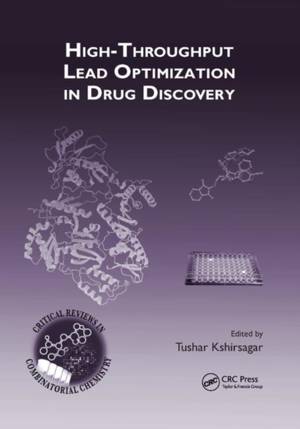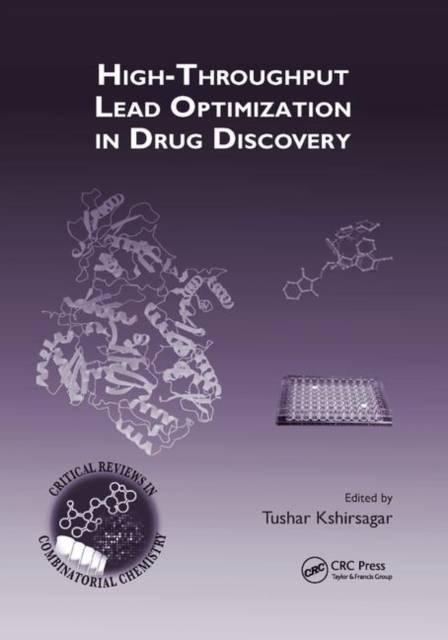
- Afhalen na 1 uur in een winkel met voorraad
- Gratis thuislevering in België vanaf € 30
- Ruim aanbod met 7 miljoen producten
- Afhalen na 1 uur in een winkel met voorraad
- Gratis thuislevering in België vanaf € 30
- Ruim aanbod met 7 miljoen producten
High-Throughput Lead Optimization in Drug Discovery
Omschrijving
The end of the previous millennium saw an explosion in the application of parallel synthesis techniques for making compounds for high-throughput screening. Over time, it became clear that more thought in the design phase of library development is necessary to generate high quality hits. More recently, the use of parallel synthesis techniques has shifted to applications beyond screening collections. Exploring the nuances of this technology, High-Throughput Lead Optimization in Drug Discovery describes the application of parallel synthesis to lead optimization and the design and synthesis of targeted libraries.
Examine Case Studies that Cover a Range of Different Biological Targets
Featuring real-world examples and contributions from well-known scientists, the book explores the shift to conducting parallel lead optimization in-house while outsourcing most of the screening libraries synthesis. It includes more than 15 case studies that encompass a range of biological targets for application in different therapeutic areas. The text contains examples of solid and solution-phase techniques for the synthesis of directed libraries. The chapter authors explain the design principles they used to direct the choice of templates and diversity elements.
Speed Up Drug Discovery and the Hit-to-Lead Process
Focusing on the application of combinatorial chemistry to medicinal chemistry, this volume compiles a series of optimization projects that give you a snapshot of successes and challenges in the use of parallel synthesis for lead optimization. It explores how this technology, when applied to library design, can speed up drug discovery.
Specificaties
Betrokkenen
- Uitgeverij:
Inhoud
- Aantal bladzijden:
- 256
- Taal:
- Engels
- Reeks:
Eigenschappen
- Productcode (EAN):
- 9780367387716
- Verschijningsdatum:
- 25/09/2019
- Uitvoering:
- Paperback
- Formaat:
- Trade paperback (VS)
- Afmetingen:
- 175 mm x 251 mm
- Gewicht:
- 453 g

Alleen bij Standaard Boekhandel
Beoordelingen
We publiceren alleen reviews die voldoen aan de voorwaarden voor reviews. Bekijk onze voorwaarden voor reviews.










